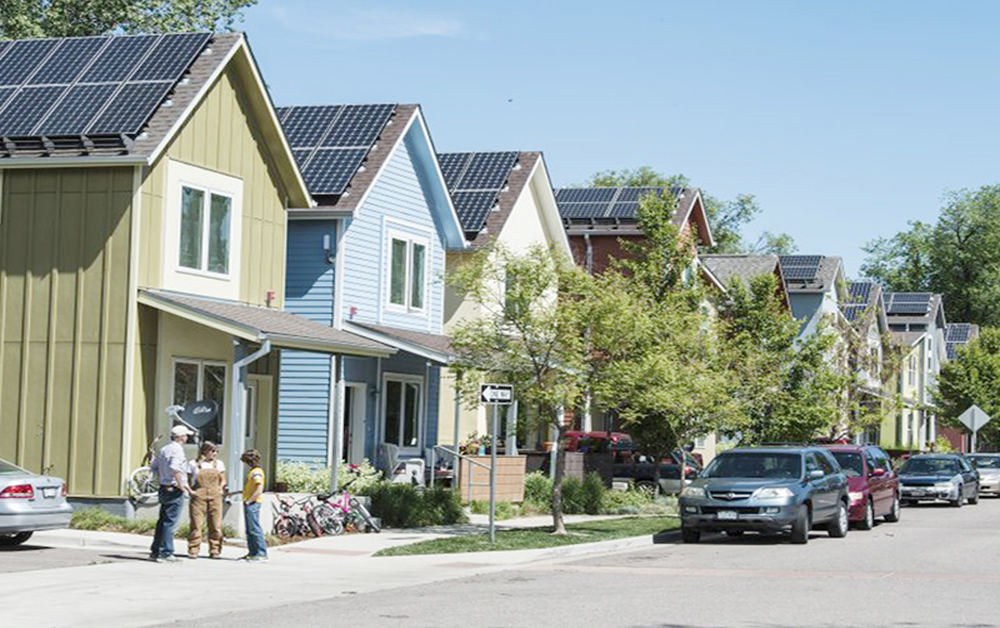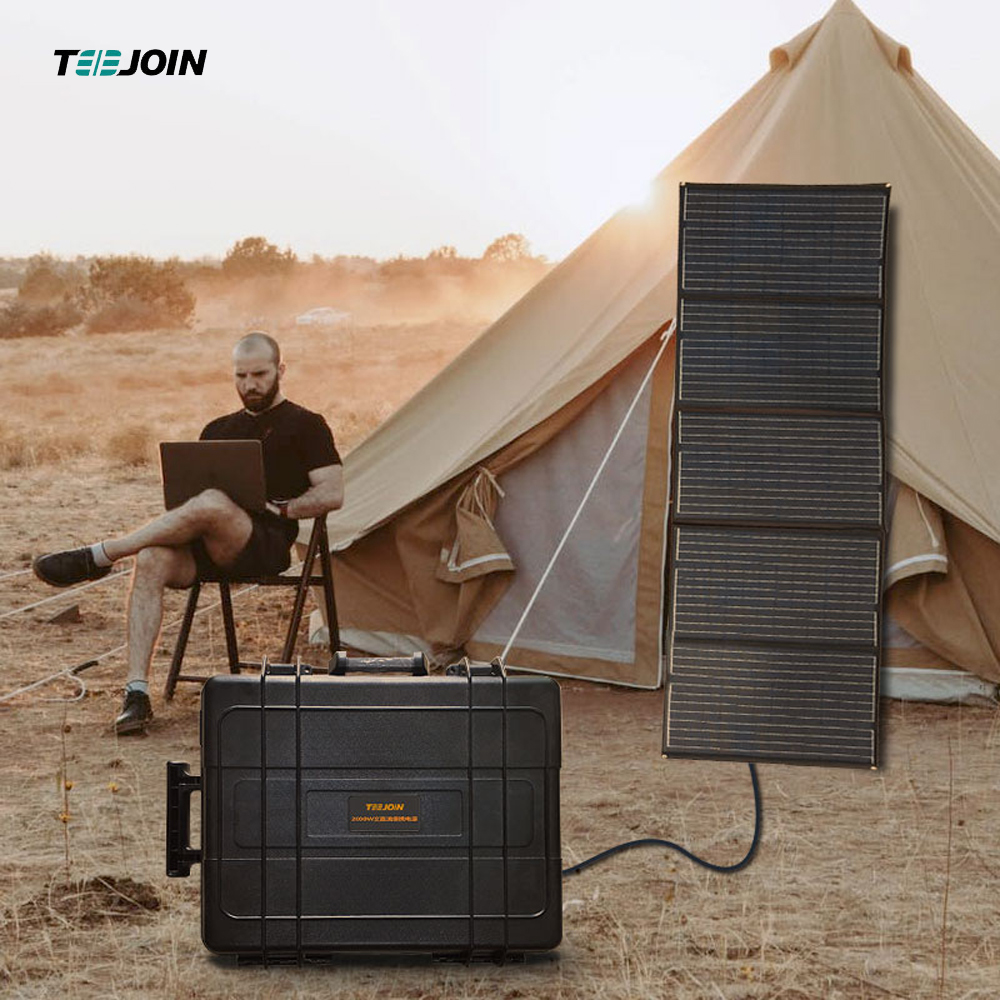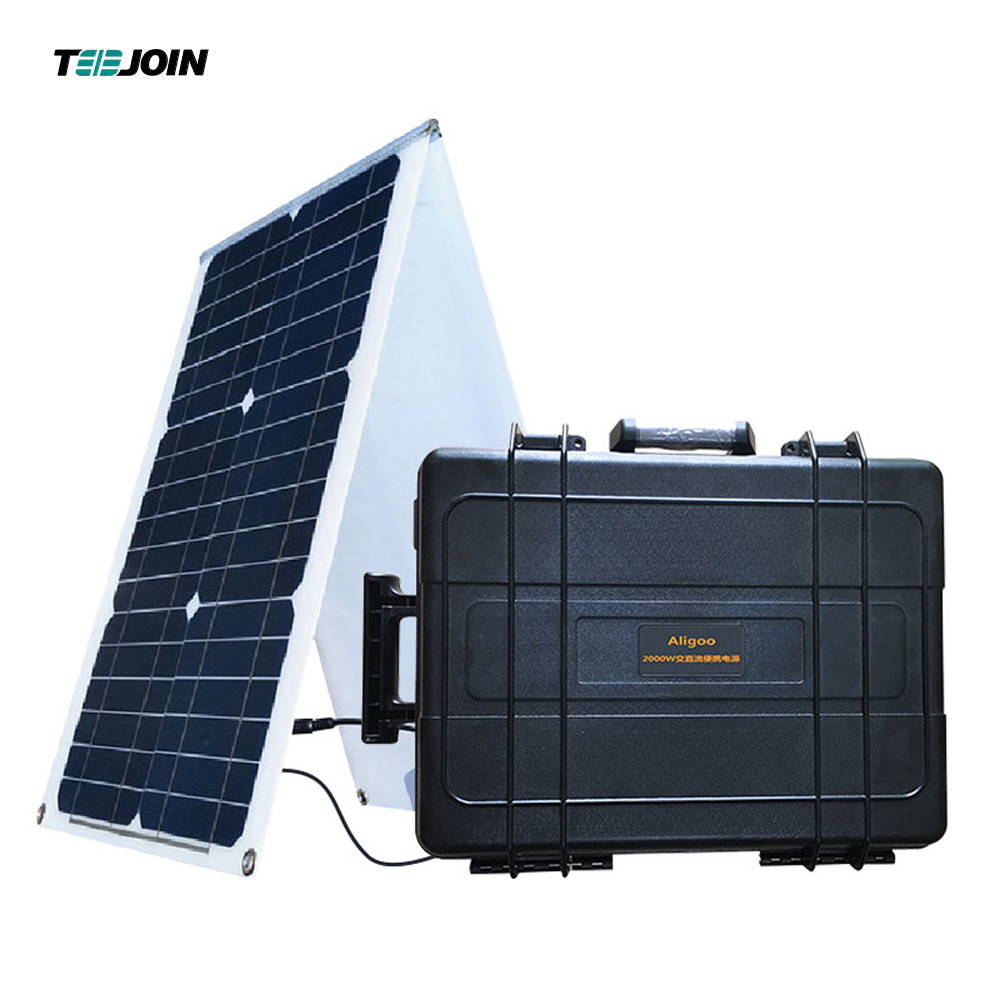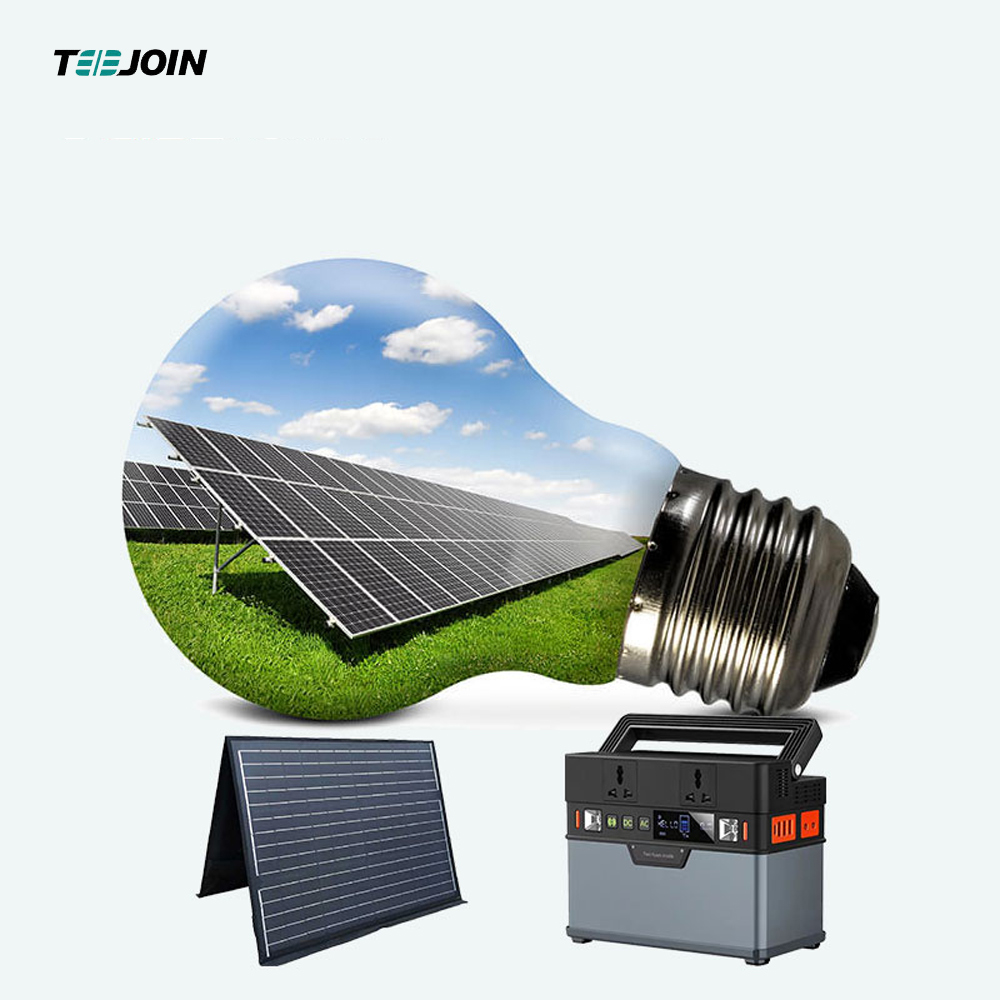Solar systems are divided into: solar off-grid systems, solar grid-connected systems, and solar hybrid systems.
Solar Off-Grid Systems: Off-grid solar systems, also known as standalone systems, are designed to operate independently without being connected to the electricity grid. They are typically used in remote areas where there is no access to the grid or in situations where individuals or communities prefer to be self-sufficient in terms of their energy needs. Off-grid systems typically consist of solar panels, batteries, charge controllers, and inverters. During the daytime, solar panels generate electricity, which is stored in batteries for later use when sunlight is not available. Off-grid systems are commonly found in cabins, rural areas, and off-grid homes.

Solar Grid-Connected Systems: Grid-connected solar systems, also referred to as grid-tied systems or on-grid systems, are designed to be connected to the electricity grid. These systems utilize solar panels to generate electricity, which is then fed directly into the grid. Grid-connected systems do not incorporate batteries since any excess electricity produced is exported to the grid, and during times of insufficient solar generation, electricity is imported from the grid. This setup allows users to take advantage of net metering or feed-in tariff programs, where they receive credits or payments for the electricity they export to the grid. Grid-connected systems are commonly found in residential, commercial, and utility-scale installations.

Solar Hybrid Systems: Solar hybrid systems combine the features of both off-grid and grid-connected systems. They are designed to operate both connected to the grid and independently, depending on the availability of solar energy and grid power. Hybrid systems typically incorporate solar panels, batteries, charge controllers, inverters, and additional components such as a backup generator or wind turbine. These systems can store excess solar energy in batteries for later use, just like off-grid systems, but they can also interact with the grid, importing or exporting electricity as needed. Hybrid systems are beneficial in areas with unreliable grid supply or frequent power outages, as they provide greater flexibility and energy security.

In summary, the key differences between solar off-grid systems, solar grid-connected systems, and solar hybrid systems lie in their connection to the electricity grid and their ability to operate independently or in conjunction with the grid. Off-grid systems are standalone and not connected to the grid, grid-connected systems are directly connected to the grid, and hybrid systems have the capability to function both on-grid and off-grid, offering greater energy independence and flexibility.




